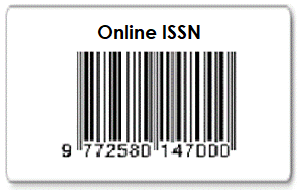Teacher’s Use of Code-switching Types and Functions in Teaching TOEFL and IELTS Preparation Classes
DOI:
https://doi.org/10.32332/joelt.v10i2.4379Keywords:
code-switching, English skills, IELTS, standardized tests, TOEFLAbstract
In English courses, TOEFL and IELTS preparation classes are opened to accommodate the students’ need in learning English skills intensively and passing those standardized tests. As the EFL students still learn the target language, teachers often code-switch to give exposure and explanation. This research aims to study the use of code-switching in English courses. The research questions posed in this study are “what are the types of code-switching used by the teacher in TOEFL and IELTS preparation classes?” and “what are the functions of code-switching in TOEFL and IELTS preparation classes?” This study used descriptive statistics with two structured observation sheets as the instruments. The results showed that the teacher uses seven types of code-switching, intersentential, intrasentential, emblematic, lexical borrowing, integrated loanword, situational, and metaphorical switching in both observed TOEFL and IELTS classes. The researcher finds the six functions of code-switching: referential, directive, expressive, phatic, metalinguistic, and pedagogical functions.
















